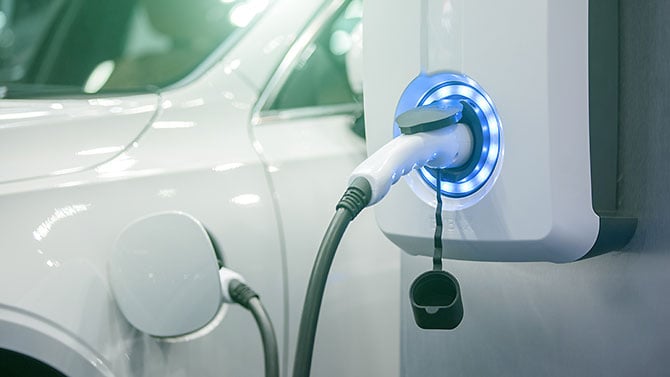Oil and gas trends 2019: Building growth strategies on shifting sands
Strategy made real.
In light of the growing impact of the energy transition, is it inevitable that major oil companies will own utilities or other nontraditional businesses such as electric vehicle charging stations — and if so, are they well placed to succeed.

Inevitable? Maybe not. Worth considering? Certainly. As the energy transition gathers pace, the larger integrated oil and gas companies will need to consider the shape of their portfolios, and whether they include more grey and green molecules, to ensure longer-term sustainability.
This is not to suggest that hydrocarbons don’t have a place in the energy mix of the future. Long-term forecasts still suggest that about 75% of global energy demand will be met by hydrocarbons well into the future. So the global economy will still need oil and, to a greater extent, gas. Moreover, the importance of gas will grow given its role as a transition fuel to the low-carbon economy.
As the world seeks more low-carbon energy sources and as the electrification of energy is growing, there is a compelling logic to include non traditional enterprises in a business portfolio.
However, as the world seeks more low-carbon energy sources and as the electrification of energy is growing, there is a compelling logic to include non traditional enterprises in a business portfolio. With the added benefit of owning the platform — including the customer interface — a combination of current retail stations, electric vehicle charging and offshore wind power generation could create powerful new business models, which also might include alliances with players outside the traditional market (such as Amazon or Google). For oil and gas majors, considering acquisitions of power utility companies, for example, or investing in low-carbon plays from wind energy to electric vehicle (EV) charging makes sense.
There are signs that more of the majors are hedging their bets. Recent highlights include:
- BP acquiring the EV charging specialist Chargemaster and looking to install fast chargers across its petrol retail network
- Shell buying EV charging company NewMotion and completing its purchase of the UK power retailer First Utility
- Total expanding its presence in the French electricity market with the completion of its takeover of alternative power supplier Direct Energie; it also announced the acquisition of G2mobility, which provides EV charging solutions
- Chevron in late 2018 announcing it had invested in EV charging specialist ChargePoint
Are large oil and gas companies well placed to succeed in this area? They have several key strengths: strong brands that will be critical in winning the trust of consumers, a global footprint and the financial scale to deliver projects in a cost-effective manner, and an established track record in energy trading.
However, running a successful power retail business is very different from running an upstream operation. Power retail margins are much thinner. The need to own and manage the customer relationship is critical and complicated, as increasingly gas stations offer a wide range of products — fuel, food and even household cleaning supplies — in order to generate profits.
Some of us may remember the early 1990s, when some utility companies from around the world diversified into telephony and financial services, and subsequently moved upstream in energy to acquire gas reserves. In an effort to diversify revenue streams, they made the mistake of straying outside their core competencies. Large integrated oil and gas companies will need to diversify into low-carbon plays to survive for the long term. But these investments need to complement existing capabilities or align with adjacent businesses if they are to succeed.


